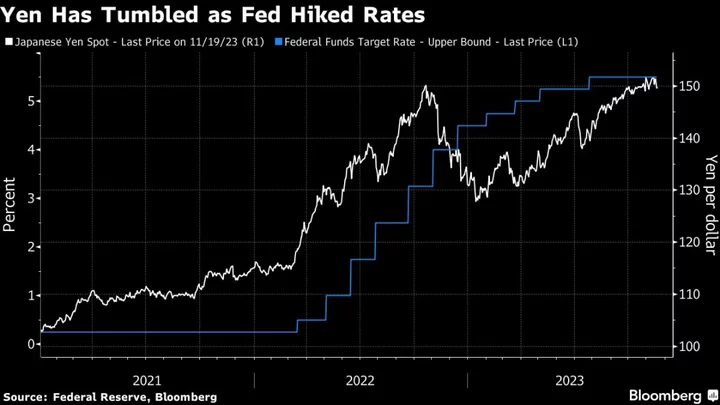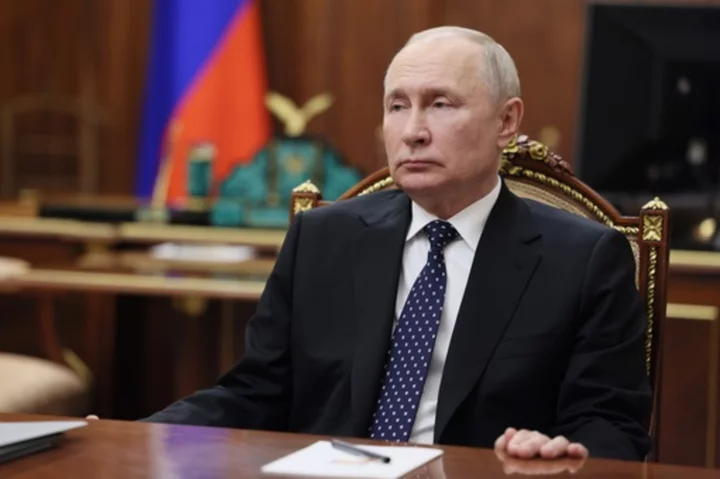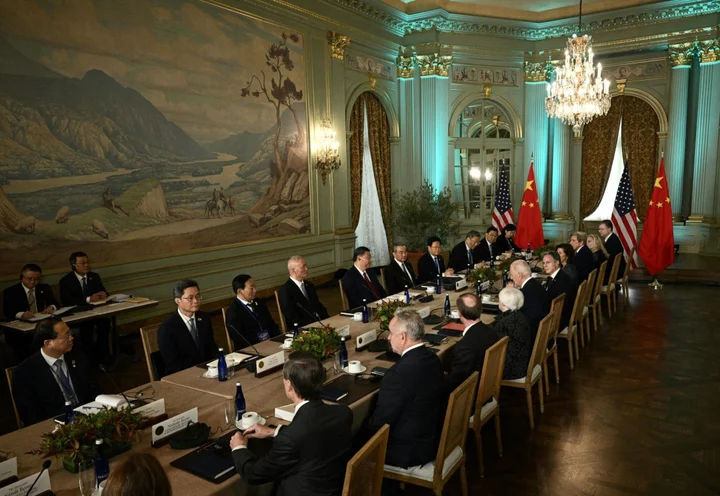Pacific Investment Management Co. is buying the yen on a bet the Bank of Japan will be pressured into tightening monetary policy as inflation quickens.
The bond giant started building a long yen position when Japan’s currency weakened past 140 per dollar a few months ago, said Emmanuel Sharef, a Pimco fund manager, whose areas of focus include multi-asset investing and asset allocation.
“As we continue to see inflation in Japan rising and being steadily above their target, they will want to move in the direction of abandoning or changing their yield-curve control policies and eventually there might be a need for a hike,” he said last week in an interview in Singapore.
“Inflation in the US is coming down, and inflation in Japan is still elevated. Within our framework, that naturally creates a yen long.”
The yen has tumbled more than 12% against the dollar this year, disappointing many on Wall Street who have predicted it would rally as a hawkish Federal Reserve and dovish BOJ swapped places. While that’s so far failed to happen, economists have been bringing forward forecasts in recent months for when Japan’s central bank will normalize policy.
The yen slid to 151.91 per dollar last week, just shy of a three-decade low set in October 2022, and is the worst-performing Group-of-10 currency this year. The decline came even though the BOJ has relaxed its grip on the yield curve.
While the BOJ has taken a number of baby steps toward tightening policy — giving 10-year bond yields more room to rise by watering down the definition of its 1% cap — these have so far failed to spur a sustained rally in the currency. Leveraged funds boosted their net short positions on the yen to the most since April 2022 in the week ended Nov. 14, while many strategists are also predicting further weakness.
‘Need Is There’
“I can’t predict exactly what they’re going to do but the need is there to continue to tighten policy in some form,” Sharef said. “It could take the form of an additional easing step that’s more gradual. It could take the form of an abandonment of YCC and then eventually potentially a hike as well.”
One of Sharef’s colleagues at Pimco, former Fed vice chair Richard Clarida, said last month the BOJ may scrap its yield-curve control program before year-end if inflation proves stickier than expected. The central bank may also raise its short-term policy interest rate to 0% by early next year, from the current level of minus 0.1%, he wrote in a research note.
Japan’s inflation rate dropped below 3% for the first time in more than a year in September, lending credence to the BOJ’s view that upward pressure on prices is peaking. Still, the reading was stronger than economists’ consensus call for 2.7%.
Sharef helps oversee a number of strategies including the Pimco Inflation Response Multi-Asset Fund that’s had an average annual return of 4.4% over the past three years, beating more than 70% of its peers, data compiled by Bloomberg show.
Another possible avenue of support for the yen may come through a further bout of intervention from the authorities, who started purchasing it in October last year after it weakened past 150 per dollar.
“I do think that they’re feeling a good amount of pressure, especially from the yen around 150,” Sharef said. “Last time that it hit that level, they were effectively forced to intervene. This time around, they haven’t done that much yet, but I’m sure they’re concerned about it.”









